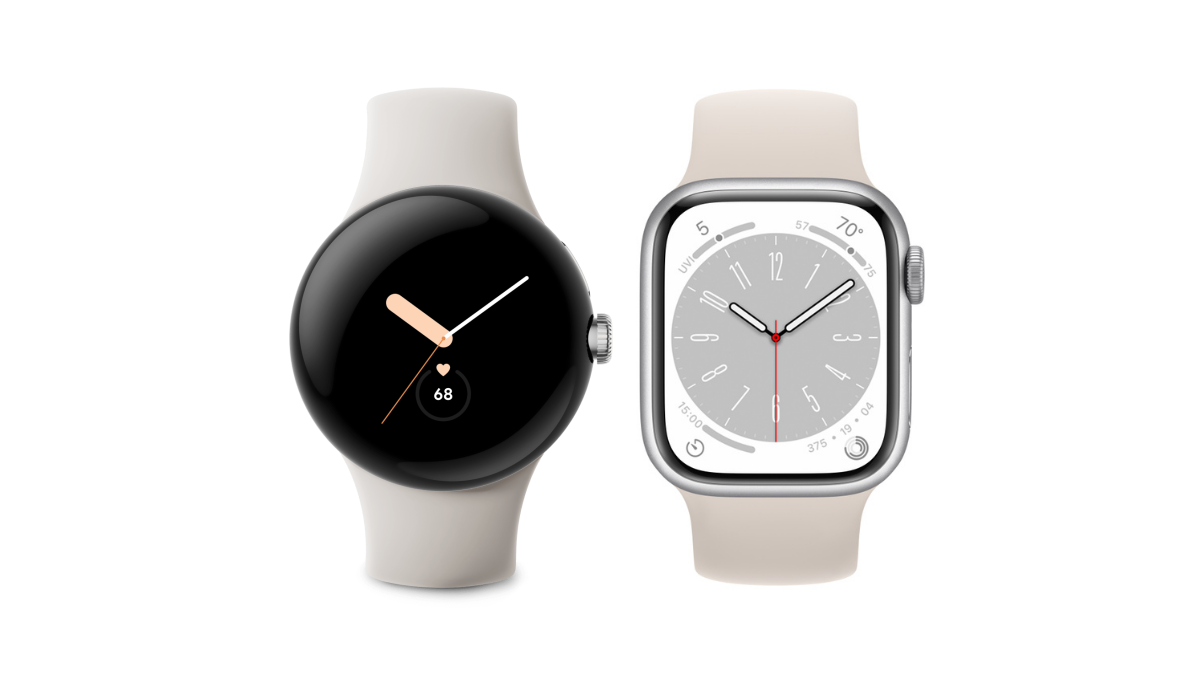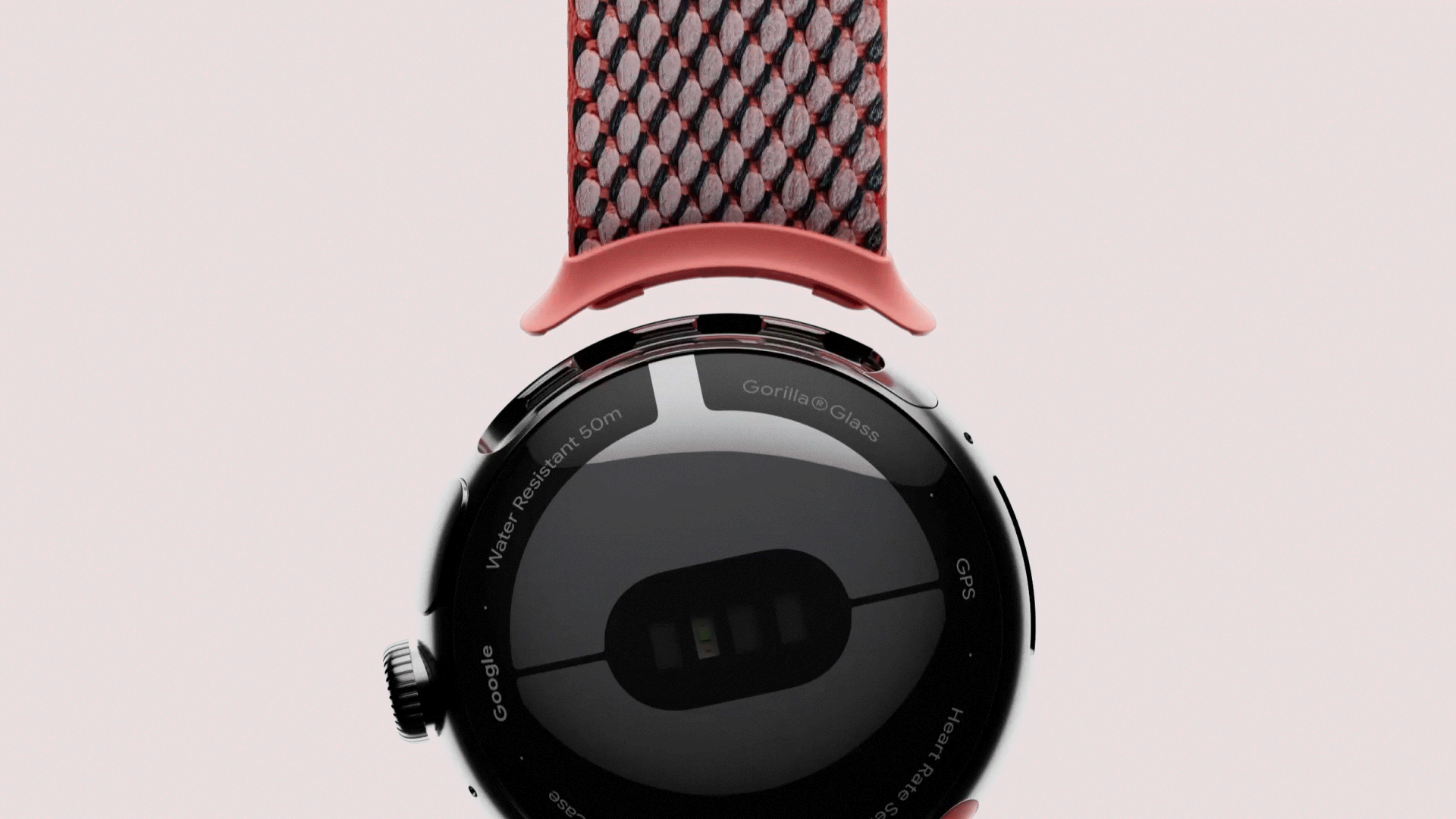
How Google Differs From Apple in Strategy - Why Imitation Falls Short

How Google Differs From Apple in Strategy - Why Imitation Falls Short
Quick Links
Apple and Google are popular for different reasons. However, Google doesn’t seem to understand that. The Pixel Watch is yet another example of Google thinking it can sell hardware the same way Apple does, but has that ever worked?
It’s no mystery why Google wants to do things the Apple way—in Q3 2022 , Apple recorded $83.0 billion in revenue. The problem is not everyone can play the same game as Apple, and Google should stop trying to copy the playbook.
Related: Google Pixel Watch Arrives With Wear OS 3 and $349 Price
The Apple Way

Yasar Turanli/Shutterstock.com
Apple and Google are both hardware and software companies. However, the perception of them could not be more different. Google is mostly known for its software (especially Search), while Apple is mostly known for its hardware. More people recognize the name “iPhone” than “iOS,” for example.
This is a fundamental difference between the two companies. The iPhone and Apple Watch would be nothing without Apple’s great software, but they’re sometimes perceived more like fashion accessories or status symbols than gadgets. Apple devices are not just utilitarian tools.
Related: The Best Apple Watches of 2023
Being seen just as much as a “lifestyle” brand as a tech company has allowed Apple to do things that other tech companies can’t. Like removing long-standing features, making it difficult to switch to other products , and charging a premium for devices with unremarkable specifications.
No other tech company—including Google—has been able to pull that off. As evidenced by Apple’s massive success, it’s an extremely lucrative strategy. People don’t just buy Apple products for the tech specs or new features. They also buy Apple products simply because they are Apple products.
Related: Companies Are Not Your Friend
Playing Apple’s Game
![]()
The very first Google Pixel and Pixel XL started at $649 and $769 in 2016. That was the exact same price as the iPhone 7 and iPhone 7 Plus. By 2018, the standard iPhone was $749, and the larger models were up to $1,099. Meanwhile, Google went in the other direction, launching the Pixel 3 and 3 XL for only $599 and $699.
Over time, Google started to price the Pixel flagships more and more like the iPhone. In 2019, the Pixel 4 and 4 XL became the most expensive Pixels yet at $799 and $899. That price increase didn’t sit well with consumers, as only 2 million units were sold in the first six months .
Thankfully, Google seems to have learned its lesson with phone pricing. The latest flagship phones—Pixel 7 and Pixel 7 Pro -–cost only $599 and $899. That’s a couple hundred bucks cheaper than the iPhone 14, iPhone 14 Pro, and iPhone 14 Pro Max.
Related: Google Pixel 7 Series Has AI-Charged Cameras, Starts at $599
The most egregious example of Google trying to play Apple’s game is the Pixel Watch. It’s one of the most expensive Android-compatible smartwatches on the market, over $100 more than the excellent Samsung Galaxy Watch 5 . Does Google expect people to pay a premium simply because it’s a Google product?

On top of the price, Google is copying Apple’s approach with proprietary bands as well. This makes the Pixel Watch a pretty hard sell. People trust Apple to stick with a product line, and it has legions of accessory makers ready to pump out watch bands . Google definitively does not have a trusted reputation , and accessories for its devices are much harder to come by.
Apple products are expensive; there’s no getting around that. People happily pay for them because it’s not just buying a utilitarian tool. When you take away the status of the brand, there’s less of a reason to pay the same price. The Google logo and Pixel brand are simply not worth the same as the Apple logo and iPhone brand.
Related: Google Stadia Is Finally Shutting Down
Google’s Strengths
![]()
I’m being pretty harsh on Google, but it’s not all bad. Google has its strengths, and it can play on a field that Apple doesn’t typically play on. This is where Google needs to focus its efforts.
The Pixel A series is a perfect example. These are more affordable Pixel phones with some similar features to the flagship models, and they’ve done really well for Google. The latest model, the Pixel 6A, costs $449, which is actually more expensive than the iPhone SE, Apple’s “budget” phone.
The big difference is the iPhone SE looks like it’s made with leftover parts from 2007 with its chunky bezels and tiny 4.7-inch display. Meanwhile, the Pixel 6A is a modern phone with slim bezels, a hole-punch front camera, and 6.1-inch display.
Related: Google Pixel 6a Review: A Great Mid-Range Phone That Falls a Bit Short
We can look to other successful Google products that have followed this same approach. The Chromecast with Google TV launched for only $50. The wildly successful Chromecast started at only $35. Nest Mini smart speakers are only $50. Chromebooks have become incredibly popular due to their affordable pricing.
Play Your Own Game
That’s Google’s wheelhouse—products that are priced affordably, but offer a better experience than other products in the same price range. The Pixel A series has excelled in this area. You can certainly find cheaper Android phones , but they’re not as nice as a Pixel.
Almost all of Google’s most successful products have followed this strategy. In fact, many of Google’s most successful products have been completely free: Gmail, Google Drive, Google Photos, etc.
I understand the desire to be seen on the same level as Apple, for the Google “G” logo on a phone to mean something more. The truth is Google is probably never going to achieve the “lifestyle” brand status that Apple enjoys, but it doesn’t have to.
You’re not Apple, Google. And that’s okay. Being just Google is cool too.
Also read:
- [New] In 2024, Unlocking Professional Filming on Windows, macOS, iOS
- [Updated] Loom's Labyrinth Navigating Screen Record Art for 2024
- [Updated] Mastering the Art of YouTubing Avoiding the Top 8 Newbie Errors
- [Updated] Sprinting to Victory Key Moments From 2 Omics Games
- 3 Ways to Track Infinix Smart 8 Plus without Them Knowing | Dr.fone
- Best Ways to Resolve Persistent iPhone App Crashes: A 10-Point Guide
- Discover the Ultimate in Simplistic Elegance with the Light Phone 3 - Your Ideal Minimalist Smartphone
- Discover the Ultra-Compact Lenovo Laptop Featuring AMD Ryzen CPU & Enhanced Connectivity with 7 USB Ports
- Discovering Your Computer's Memory Capacity and Performance: A Step-by-Step Guide
- Effortless Mouse Maintenance: How to Avoid Unnecessary Expenses and Restore Your Device Quickly
- Exclusive Bargains on Latest Gadgets: IPad Mini, Ultra HD Televisions & Google's Newest Smartphone Unveiled
- Expert Picks: Elite Selection of iPad Pro 11 Sleeves Model – Buy Today
- Exploring Home Automation with Home Assistant - How Does It Compare to Other Systems and What Holds It Back From Universal Usage?
- How to Reset Vivo V27 Without the Home Button | Dr.fone
- The Seventies Again | Free Book
- Title: How Google Differs From Apple in Strategy - Why Imitation Falls Short
- Author: George
- Created at : 2024-12-24 17:44:21
- Updated at : 2024-12-27 20:53:27
- Link: https://hardware-tips.techidaily.com/how-google-differs-from-apple-in-strategy-why-imitation-falls-short/
- License: This work is licensed under CC BY-NC-SA 4.0.